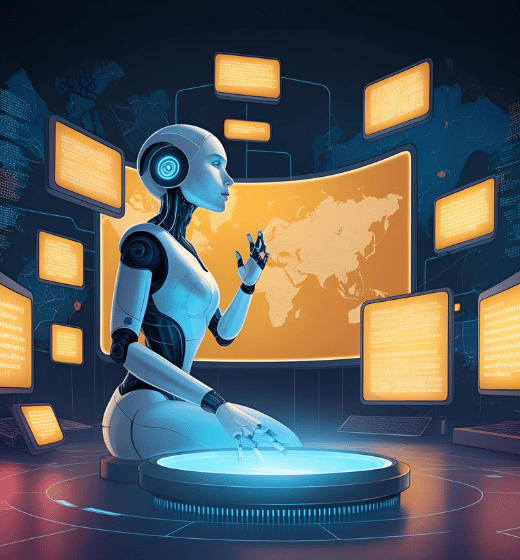

The question is everywhere: Can AI replace English-to-Spanish translators?
With AI translation tools like Google Translate gaining traction, many businesses are rethinking how they handle language services. The debate about whether AI can replace human translators is ongoing. While AI technology has made significant advancements, particularly in machine translation, human translators remain essential for handling nuances, context, and cultural influences that AI cannot fully grasp. Ultimately, AI will not replace human translators but will work alongside them, enhancing the translation process through a collaborative approach.
But there’s a line between using tech and getting high-quality translations. Advancements in AI translations, such as automatic subtitle translation, facilitate quick localization of video content for global audiences. However, human translators are still needed to proofread and edit AI-generated translations to ensure accuracy and reliability.
This blog explores the limits of machine translation technology and the ongoing need for human expertise.
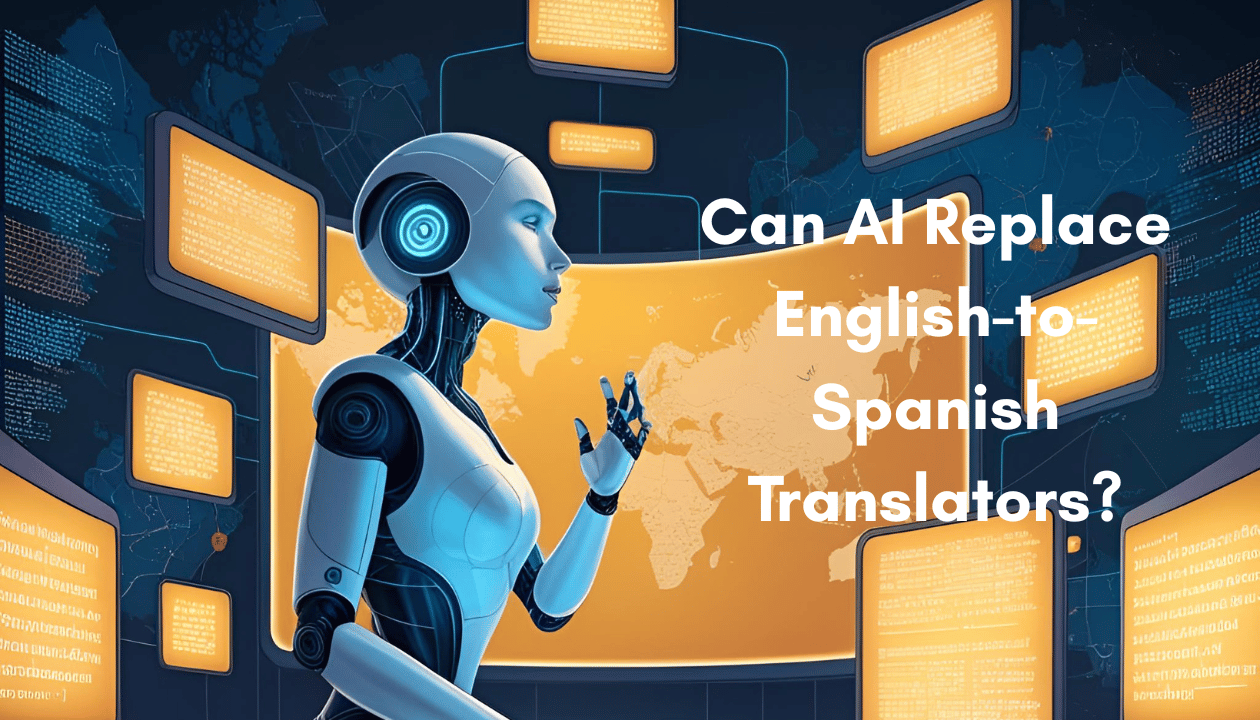
Introduction to Artificial Intelligence in Translation
Artificial Intelligence is reshaping translation by offering rapid, automated language conversion. Yet, despite its speed and efficiency, AI cannot fully grasp the subtle cultural meanings and emotional depth behind words.
Understanding these limits helps businesses balance technology with human insight for high-quality, effective translations.
What AI Translation Tools Can (and Can’t) Do
Machine translation is fast. You paste your source language text and get a result instantly.
Neural machine translation systems are advancing rapidly. They use machine learning to improve accuracy, sparking a debate about whether AI will replace human translators.
Tools like Google Translate can handle individual words, short phrases, and written text across other languages.
They’ve made significant strides, but they’re still not perfect.
What they miss:
- Idiomatic expressions
- Cultural references
- Grammatical rules
- The intended impact of the message
Translated text may be technically correct, but it often lacks flow. It can sound robotic or fail to communicate effectively.
That’s where translation lies—not just in replacing words, but in capturing meaning. Modern AI translation techniques analyze whole sentences rather than just words, allowing for more accurate and natural-sounding translations.
📌 Reference: According to a 2024 CSA Research study, 72% of businesses using translation software still require post-editing for accuracy and tone.
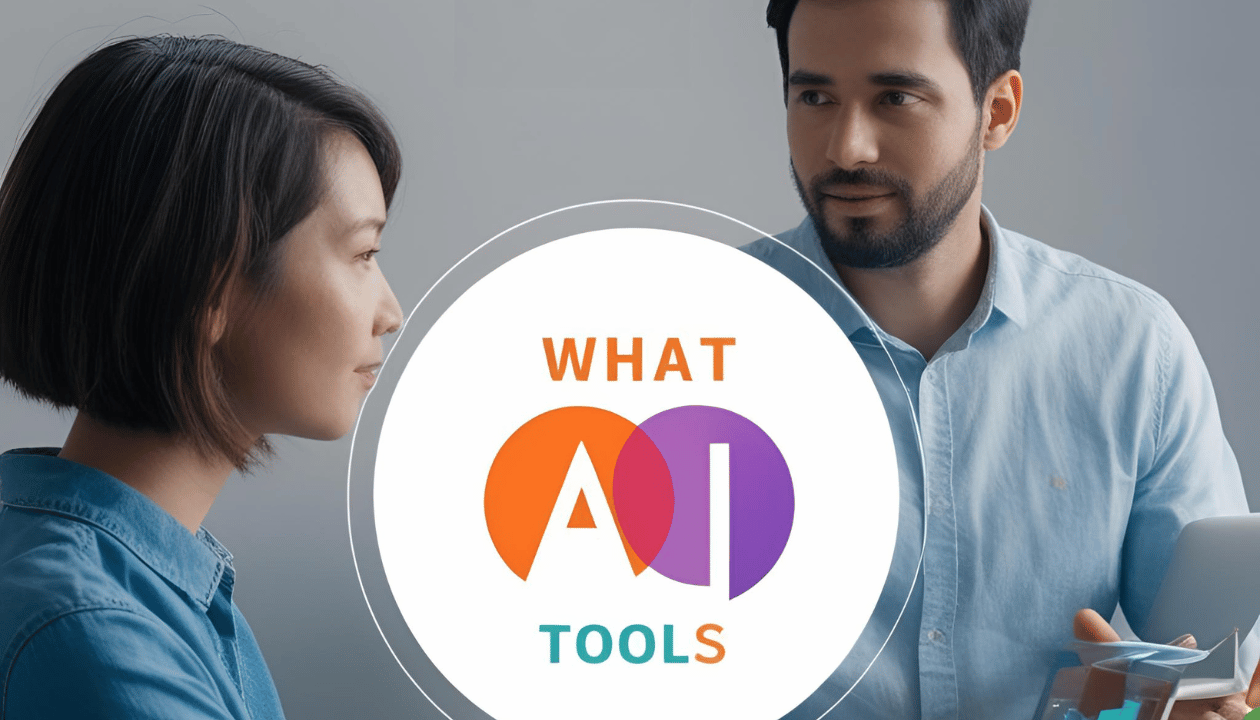
The Role of Human Translators
Human translators play a crucial role in the translation process, bringing their expertise and knowledge of language and culture to ensure accurate and nuanced translations. They are essential for literary translations, where the original text’s creative process and intended impact must be preserved. Human translators are also necessary for translations that require cultural sensitivity and references, such as idiomatic expressions and colloquialisms.
The use ofAI tools can assist human translators in their work, but human intervention is still necessary to ensure that translations are technically correct and culturally appropriate. Human translators must have a deep understanding of the source language and target language and the cultural context in which the translation will be used. The translation process involves more than just translating words, but also conveying the intended meaning and impact of the original text.
Human translators must be able to communicate effectively with the target audience, considering their language, culture, and customs. As the demand for translation services continues to grow, the role of human translators will remain essential for providing high-quality translations that meet the needs of clients.
When AI Might Be Enough? (And When It’s Not)
Not every task needs a professional translator. For fast turnaround, translation tools like Google Translate help with:
- Internal memos
- Quick replies
- Simple content across one language to another
These cases don’t require a creative process or deep meaning.
But for anything public-facing or legally binding, you need more.
The language industry still relies on human translation for contracts, product descriptions, and client communication. A human translator provides culturally meaningful and accurate translations, ensuring both linguistic and contextual fidelity.
That’s where Spanish Express supports businesses. We offer translation services tailored to your goals, combining human interpreters and expert reviewers to ensure every word makes sense and fits the purpose.
Think of AI as a helper, not a replacement. It can assist. But it can’t fully replace human translators.
Most tools still struggle with target language tone, message flow, and consistent branding. They cannot understand context and idioms in the same way a human translator can, ensuring accuracy in translation.
Behind the scenes, they depend on training data that might not reflect your niche or industry.

The Benefits of Human Translation
Human translation offers several benefits over machine translation, including the ability to convey cultural subtleties and nuances. Human translators can provide creative and accurate translations that capture the intended meaning and impact of the original text. This is especially important for literary works, where the creative process and intended impact of the original text must be preserved.
Human translators can ensure that translations are technically correct and culturally appropriate, taking into account the target audience and their language, culture, and customs. Human translation is also necessary for translations that require a high level of accuracy and precision, such as legal and medical translations. The use of AI tools can assist human translators in their work, but human translation is still necessary for complex and creative translations.
Human translators can provide valuable insights and feedback to clients, helping them to understand the translation process and ensure that their needs are met. As the translation industry continues to evolve, the benefits of human translation will remain essential for providing high-quality translations that meet the needs of clients.
Real-World Examples of AI vs Human Translation
A notable study published in the International Journal of Language & Law examined the accuracy of AI-generated translations versus those produced by professional human translators
The findings revealed that human translators outperformed AI tools in terms of legal terminology accuracy, linguistic precision, and adherence to legal standards. The study highlighted that while AI translation tools are advancing rapidly, they still struggle with the nuanced understanding required for complex legal texts. Inaccuracies in AI translations, especially in sensitive fields like legal and medical translation, can lead to serious consequences.
This example underscores the importance of human expertise in scenarios where precision and contextual understanding are paramount. While AI translation tools offer speed and efficiency, they may not fully replace human translators in domains requiring deep comprehension and cultural sensitivity. Machine translation plays a crucial role in facilitating communication and overcoming language barriers within international operations.

What’s the Best Way Forward?
AI tools are improving. But they still can’t match the human translation that business requires.
The smart move is to use both. AI translation software is a valuable tool, enhancing translation accuracy and speed. Here’s how:
- Use translation software for first drafts or informal content.
- Let professional translators review, adapt, and finalize.
- Keep human touch in anything that affects clients, contracts, or branding.
The rise of text-generative AI tools is also impacting language and communication, raising questions about whether this technology could eventually replace human translators and interpreters.
This hybrid approach gives you speed without losing quality.
Your team saves time. Your message stays sharp. And your business avoids mistakes.

AI and the Future of the Translation Industry
The translation industry is changing fast. Tools powered by artificial intelligence are now a standard part of many workflows.
Still, the idea that AI will replace human translators is far from reality. The American Translators Association emphasizes the importance of certified professionals in the translation industry, highlighting the value of experienced translators in distinguishing quality translations from machine-generated outputs.
AI translation technology helps speed things up. But it lacks the judgment that professionals bring.
Machine translation tools can’t make business decisions or catch cultural missteps. That’s why human translators remain essential across global industries.
According to the U.S. Bureau of Labor Statistics, the projected growth in employment for interpreters and translators underscores the necessity for skilled professionals who can provide accurate translations and understand cultural nuances, especially in critical situations like healthcare communications.
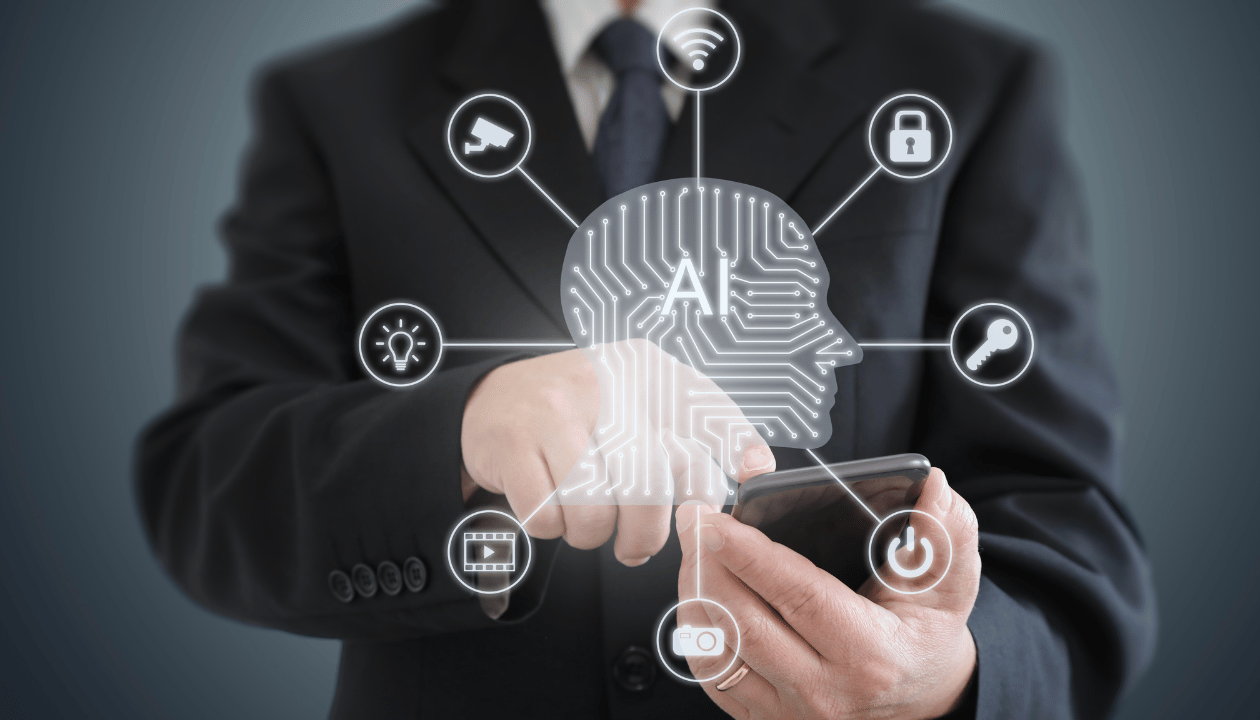
Need Precision in Your Spanish Translations?
At Spanish Express, we combine AI efficiency with human expertise to deliver high-quality translations for real-world business needs.
From legal documents and marketing campaigns to technical manuals and website content, our certified translation services are designed for clarity, accuracy, and cultural appropriateness.
We also provide post editing, transcreation, and full localization, ensuring your message works in the target language and resonates with your target audience. Creative interpretation is essential in translation, particularly for nuanced and culturally rich texts, which our human translators excel at.
👉 Contact us today to learn how we can support your next project.
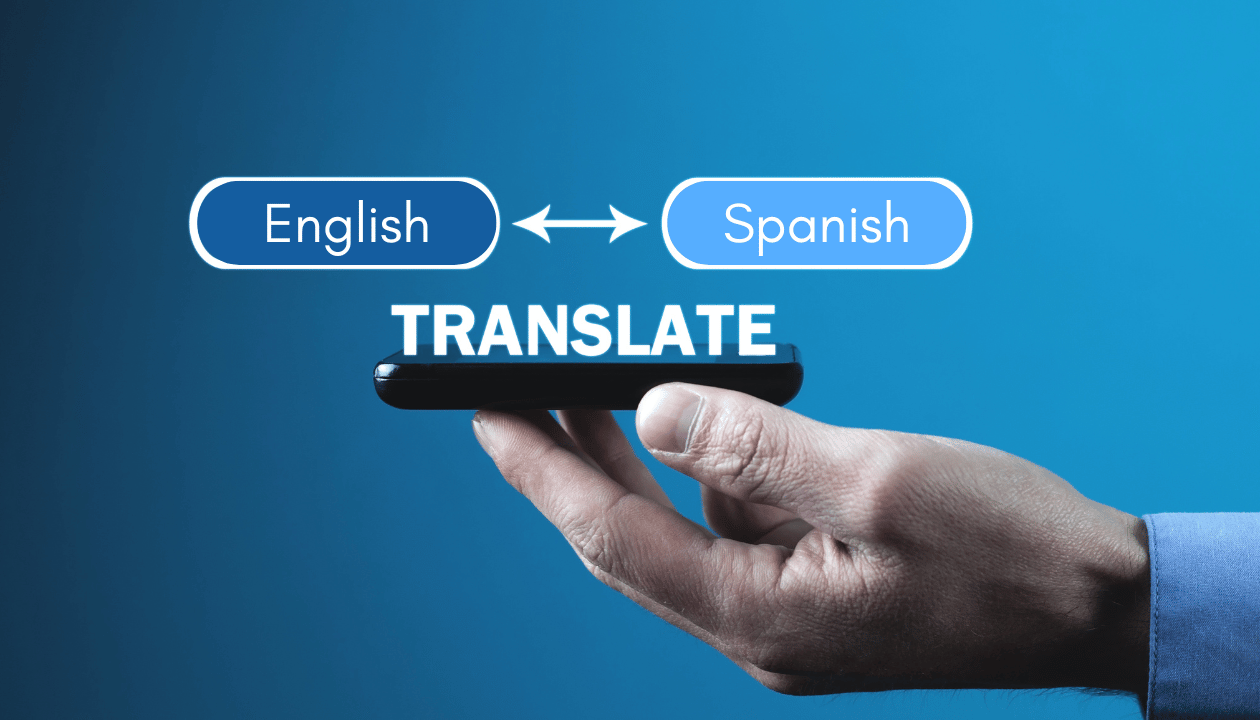
Conclusion
It’s clear that AI supports translation—it doesn’t replace it.
In business, words carry weight. Poor choices have consequences.
AI can’t replace human translators when accuracy and impact matter.
So while AI translation has its place, human expertise still leads the way.

